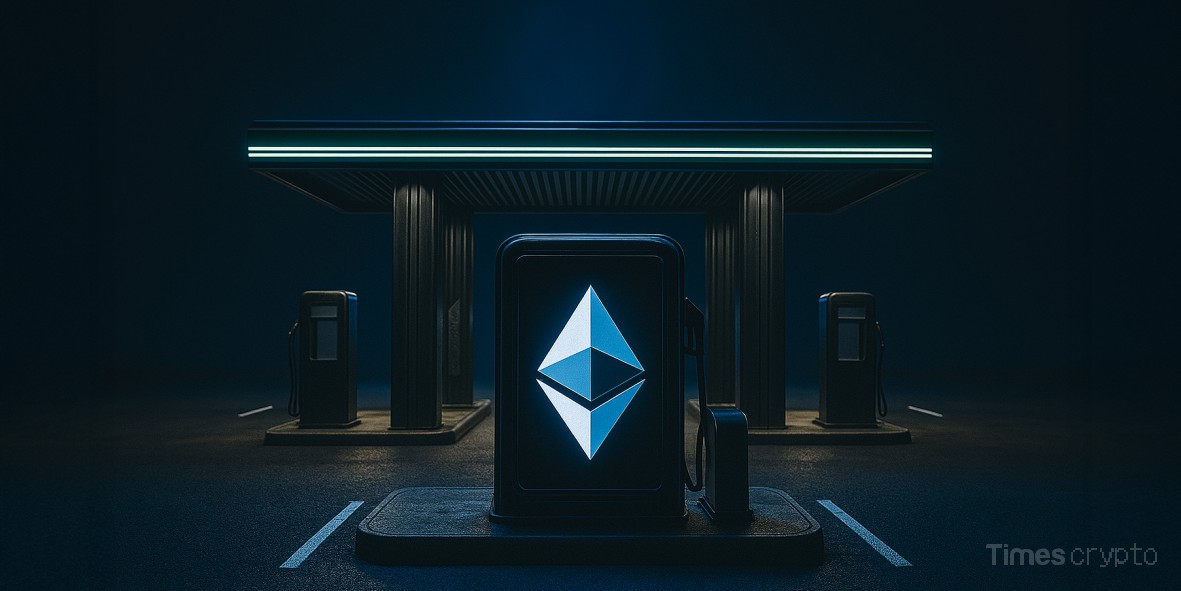Key Takeaways:
- Ethereum gas limit rises to 37.3M, with half of validators supporting a 45M target, a 21% capacity boost.
- Faster, cheaper transactions are expected, but node operators warn of centralization risks.
- ETH price rallies 54% amid the upgrade, briefly touching $3,800 as network activity surges.
Table of Contents
The Gas Limit Wager
The Network is blazing ahead. This week, the Ethereum gas limit, the maximum computational load possible in each block, reached a new peak of more than 37 million gas, with almost half of all validators now supporting the increase, setting the stage towards a new limit of the full 45 million units. For users, this could mean fewer “network congested” nightmares and cheaper fees, especially during peak usage periods. But with any vehicle that will be tweaked for performance, there are dangers related to the increase.
Vitalik Buterin referred to it as “a natural evolution”, saying that optimizations of the Geth client (for instance, reducing archive node storage from 20TB to 1.9TB) provide a safer option to increase the limits. However, not all are in agreement: Are we compromising decentralization for efficiency?
Why Validators Are Pumping the Gas
The grassroots “Pump the Gas” campaign, which started in March (aiming to educate the community about the gas limit), has become a validator rallying cry. The math is simple: more gas per block = more transactions processed (approx 18 TPS now vs 15 TPS before the recent upgrade) = happier users.
But there is shade. The larger institutional validators are cheering, but the smaller ones, those running nodes on consumer hardware, are concerned they will be priced out based on storage and bandwidth needs. It’s like asking a bicycle to keep up with a Ferrari. dev. The irony? The spirit of Ethereum itself is decentralization, but scaling Layer 1 (L1) usually skews power to those with bigger wallets.
The User Win: Cheaper Coffee, Faster Trades
For everyday folks, this upgrade could be a quiet turn. Imagine:
- Sending ETH for the price of a candy bar, not a steak dinner.
- Trading memecoins without sweating over $50 “priority” fees.
- DeFi protocols maintaining smooth operation, even during NFT drops.
So far, data shows this is working; average fees have dipped 15% since the limit began crawling up, while daily transactions have jumped from 1.1 million to 1.4 million. But the real test comes when the next CryptoPunks-style frenzy hits.
The Risks: When More Isn’t Always Better
Now, not everyone’s popping champagne. Critics highlight three red flags:
- Node Centralization: If sync times balloon, only data centers can afford to participate.
- Spam Attacks: Larger blocks = a larger attack surface for bots flooding the network.
- Layer 2 Cannibalization: You may ask: Why use Arbitrum if L1 gets cheap? (Hint: scalability purists say we’ll still need both.)
Ethereum’s Growth Spurt
Ethereum gas limit increase is not just an adjustment but an announcement. Ethereum is moving from being a wild experiment to a reliable global ledger that balances innovation with due diligence. Moving forward, we will see even more upgrades (Dencun Part 2, anyone?), more validators, and, if we’re lucky, more users who never have to search “how to speed up my stuck transaction” on Google.
Final Thought: If Ethereum’s a city, it’s not just adding lanes to its highways, it’s reinventing the engine. But will the drivers keep up?
For more Ethereum Gas-related stories, read: Ethereum in Focus as Vitalik Proposes 16.7M Gas Cap to Boost Network Security







